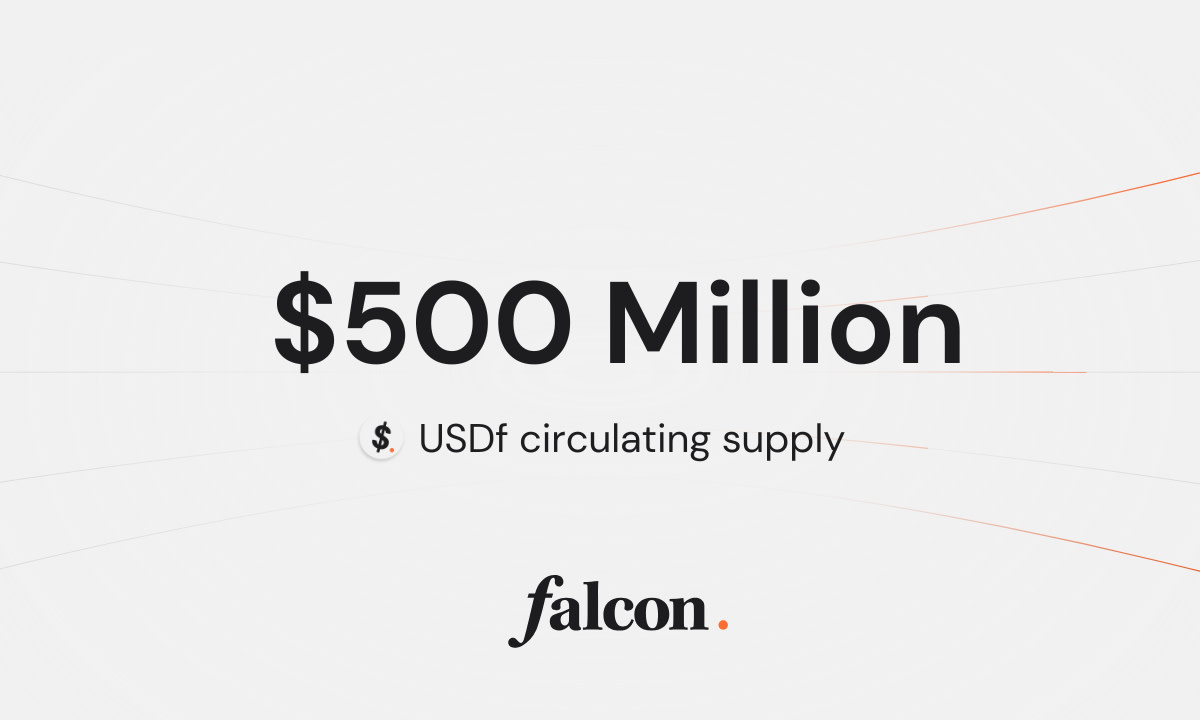The Penny Debate Rears Its Head Again: Why Getting Rid of It Might Be More Complicated Than You Think

For years, the humble penny has been a subject of quiet debate in Washington. Across the political spectrum, there's a growing consensus that this one-cent coin has simply outlived its purpose. Yet, despite numerous attempts from both Democrats and Republicans to retire the penny, these efforts have consistently stalled, often due to a surprising lack of enthusiasm – a sentiment rooted in the seemingly minimal stakes involved.
But is the issue truly as insignificant as it appears? A closer look reveals a surprisingly complex web of economic, historical, and even sentimental factors that make eliminating the penny a far more challenging endeavor than many realize.
The Case for Ditching the Penny
The arguments against the penny are compelling. The cost of producing a single penny consistently exceeds its face value. The U.S. Mint spends more than two cents to manufacture each penny, creating a continuous, albeit small, loss for taxpayers. Furthermore, the penny's limited purchasing power makes it largely impractical for everyday transactions. Many consumers find themselves accumulating jars of pennies, a testament to their perceived lack of value. Businesses often face logistical headaches handling and counting pennies, adding to operational costs.
Economically, eliminating the penny could simplify transactions, reduce business expenses, and potentially stimulate economic activity. Studies have shown that rounding prices – a common concern cited by opponents – doesn't necessarily lead to increased prices for consumers. Retailers often absorb the rounding difference, and in some cases, it can even lead to slightly lower prices overall.
Why the Resistance?
So, if the arguments are so strong, why hasn't the penny been retired already? The resistance is multifaceted. Firstly, there's the historical and cultural significance of the penny. It's been a fixture of American currency for over 100 years, and some argue that eliminating it would be a symbolic loss. Secondly, there are concerns about inflation. While studies suggest minimal impact, some worry that rounding to the nearest nickel would lead to higher prices, particularly for low-income consumers.
Lobbying efforts by the zinc industry, which provides the metal for pennies, also play a role. Eliminating the penny would significantly reduce demand for zinc, impacting their profits. Finally, and perhaps most surprisingly, there's a general lack of public urgency. Because the stakes appear so low, lawmakers haven't felt compelled to prioritize the issue, and it often gets lost in the shuffle of more pressing matters.
The Future of the Penny
The debate over the penny's future is likely to continue. As the cost of production continues to rise and the penny's utility diminishes, the pressure to eliminate it will only increase. However, overcoming the historical, economic, and political obstacles will require a concerted effort and a clear demonstration that the benefits outweigh the perceived risks. Perhaps a gradual phase-out, coupled with public education and safeguards to protect consumers, could be a viable path forward. One thing is certain: the penny's story is far from over.
The current political climate, with its focus on fiscal responsibility and streamlining government operations, could provide a renewed opportunity to revisit the penny debate. Whether this time will be different remains to be seen, but the arguments for change are stronger than ever.






